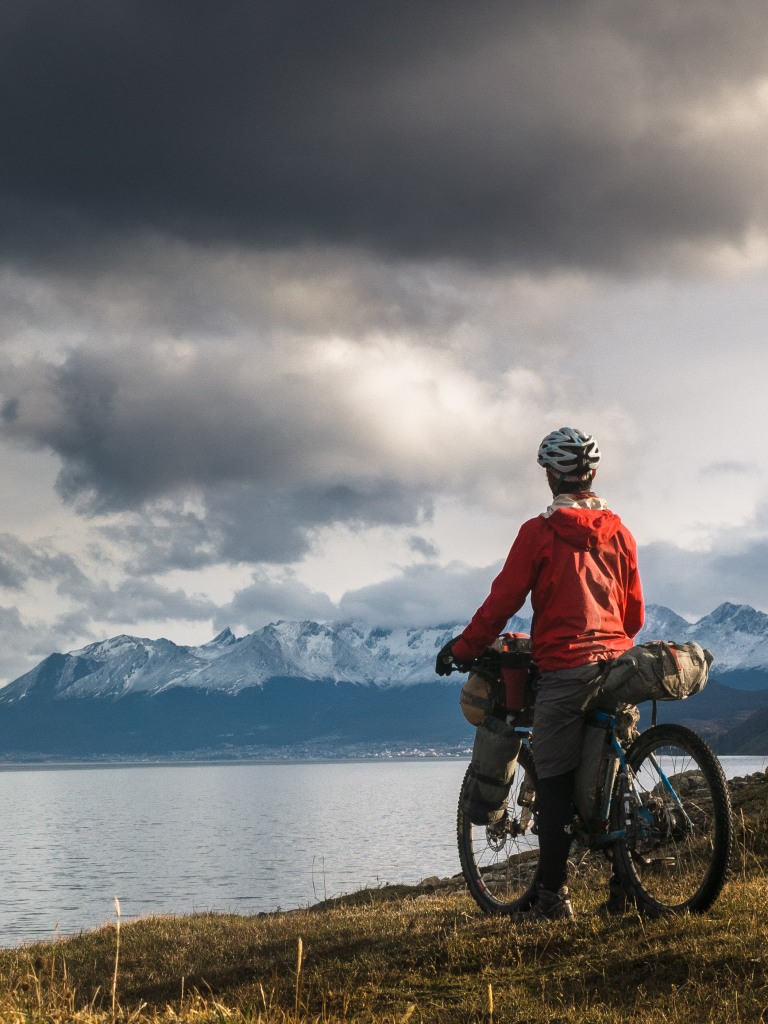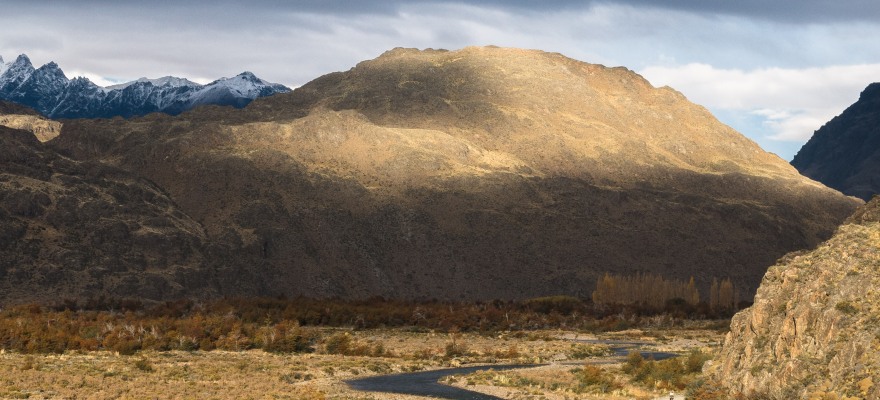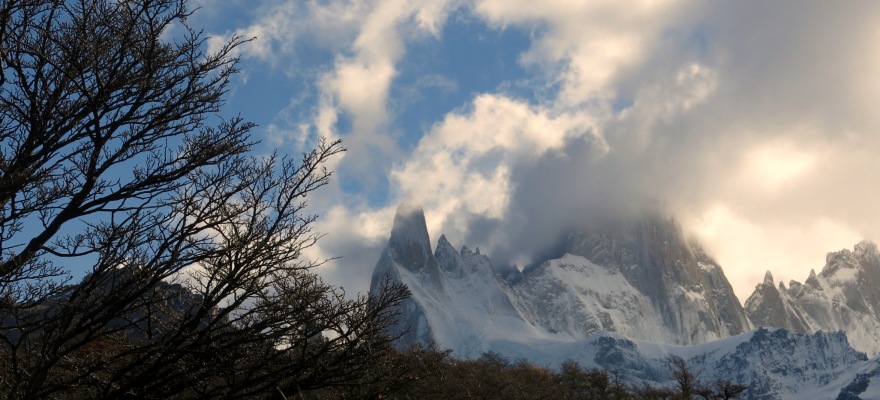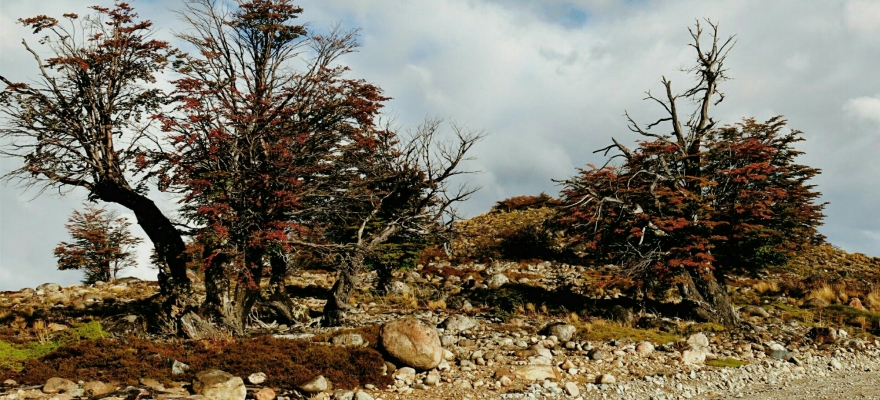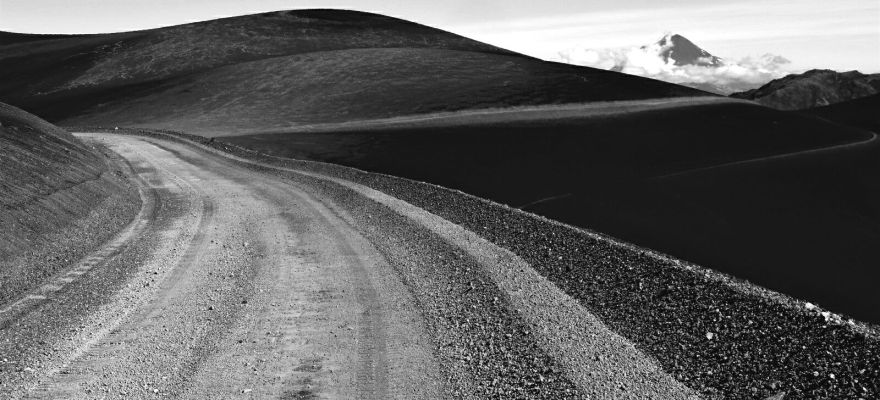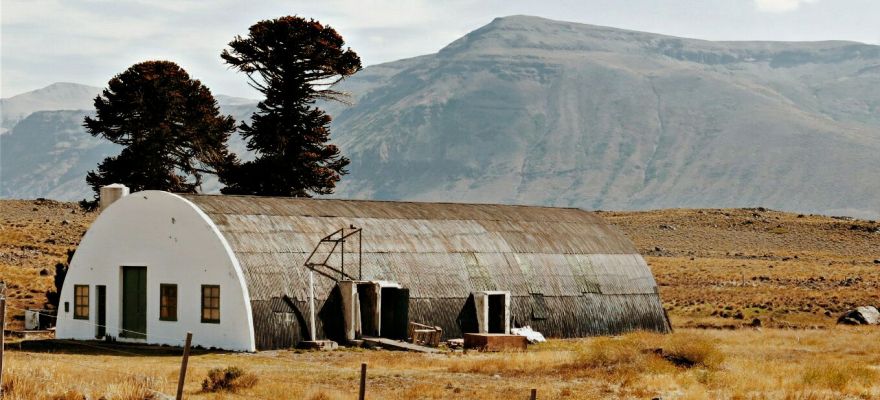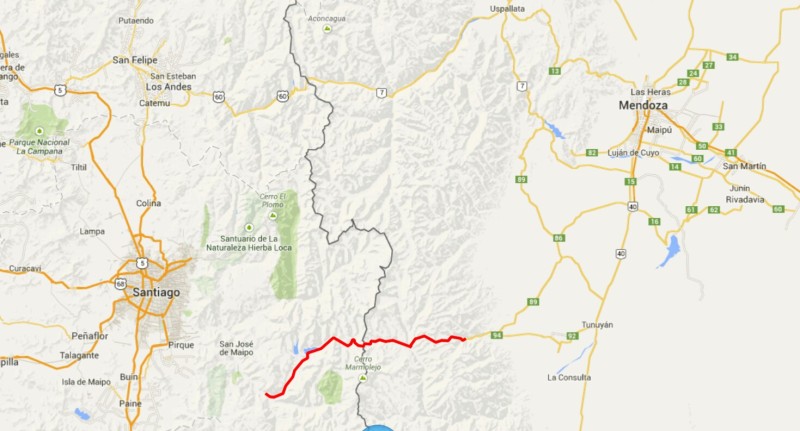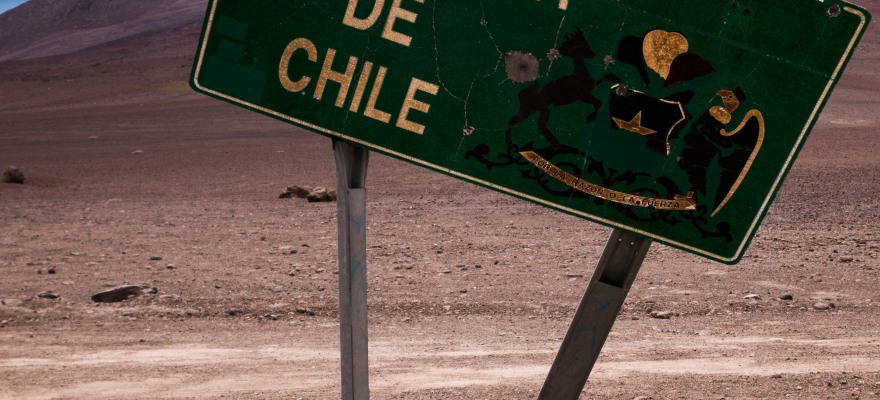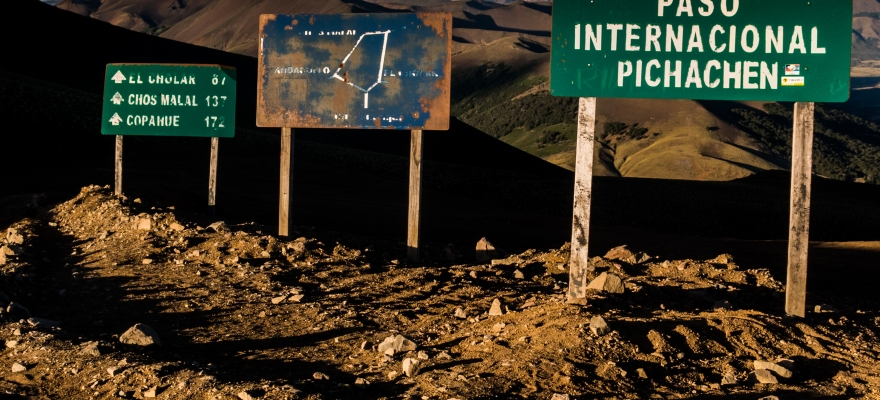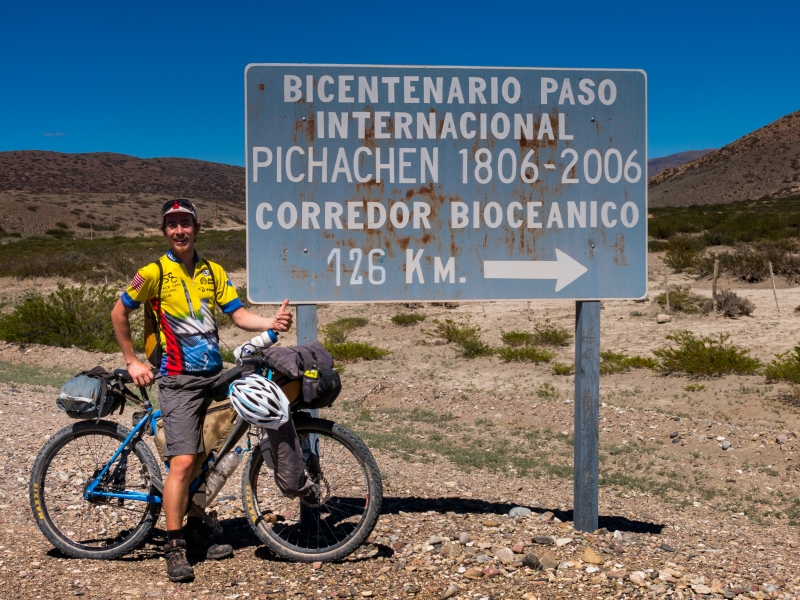We came in along the coast, the Beagle Channel to our left and the Martial Mountains and Ushuaia itself in front of us. Pavement turned to hardpack dirt to doubletrack, onto a rocky beach and then into the hillside when the beach disappeared. Some cyclists mapped out this killer route into the city last year, avoiding the busy main highway, so thanks to Skyler and Panthea, Cass, and Kurt. Thanks too to all the people who hosted me or any of us cyclists along the way, giving us shelter and warmth and food with no expectation of anything in return, just helping out someone else. Spend nearly two years on the road and turns out there’s a lot of gratitude accumulated. So thanks to you all. Paul and I reached Ushuaia yesterday, we’ll be here for a day raising a glass with some other cyclists and then catching buses and planes to make our ways back home, with one last stopover in Peru first. Photos and a few more words to come, but for now we’re kicking back with our feet up. Here’s to whatever comes next! Be seeing you all back home again soon. -Sam.
Prudhoe Bay, Alaska to Ushuaia, Argentina, 8 July 2013 – 16 May 2015.
